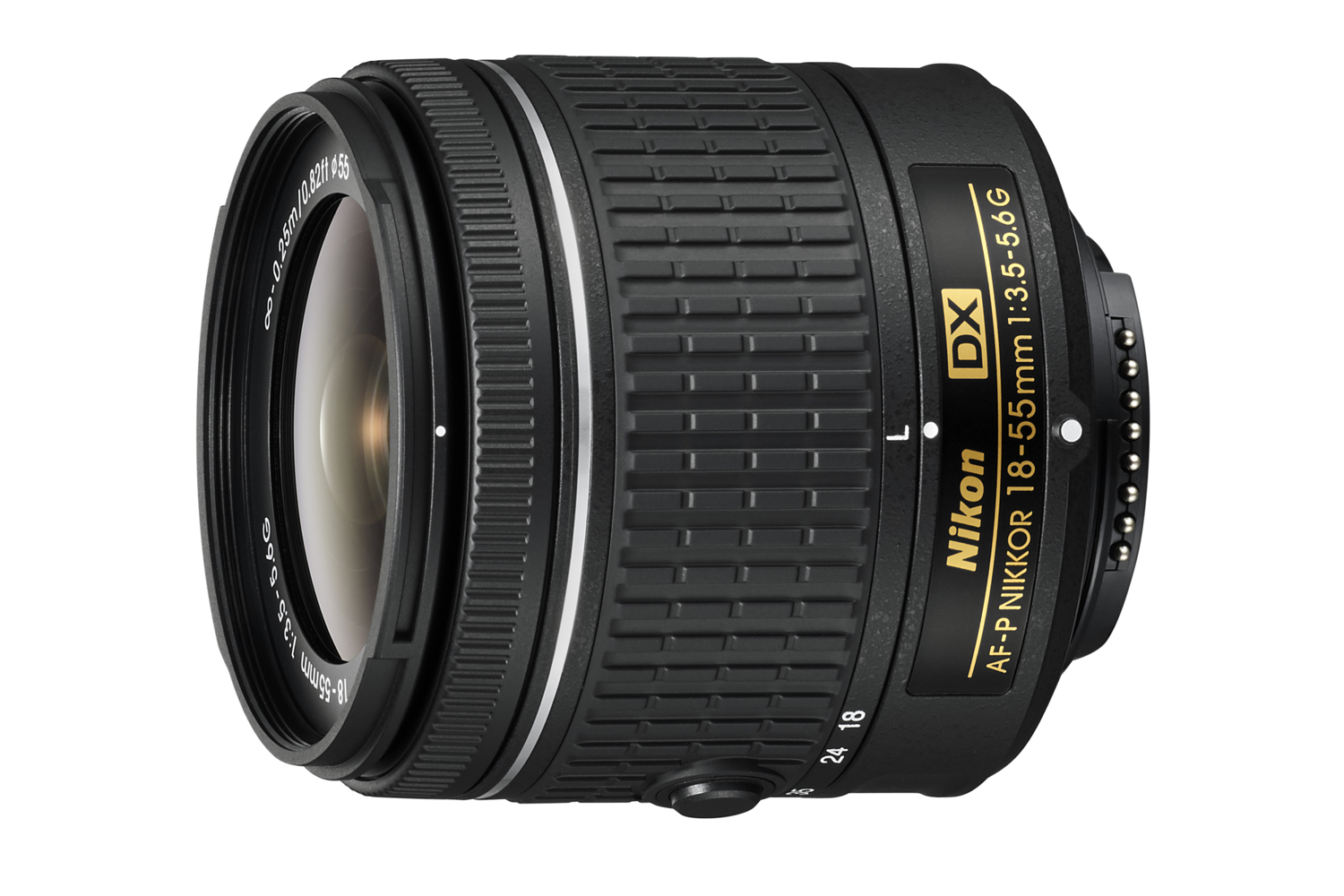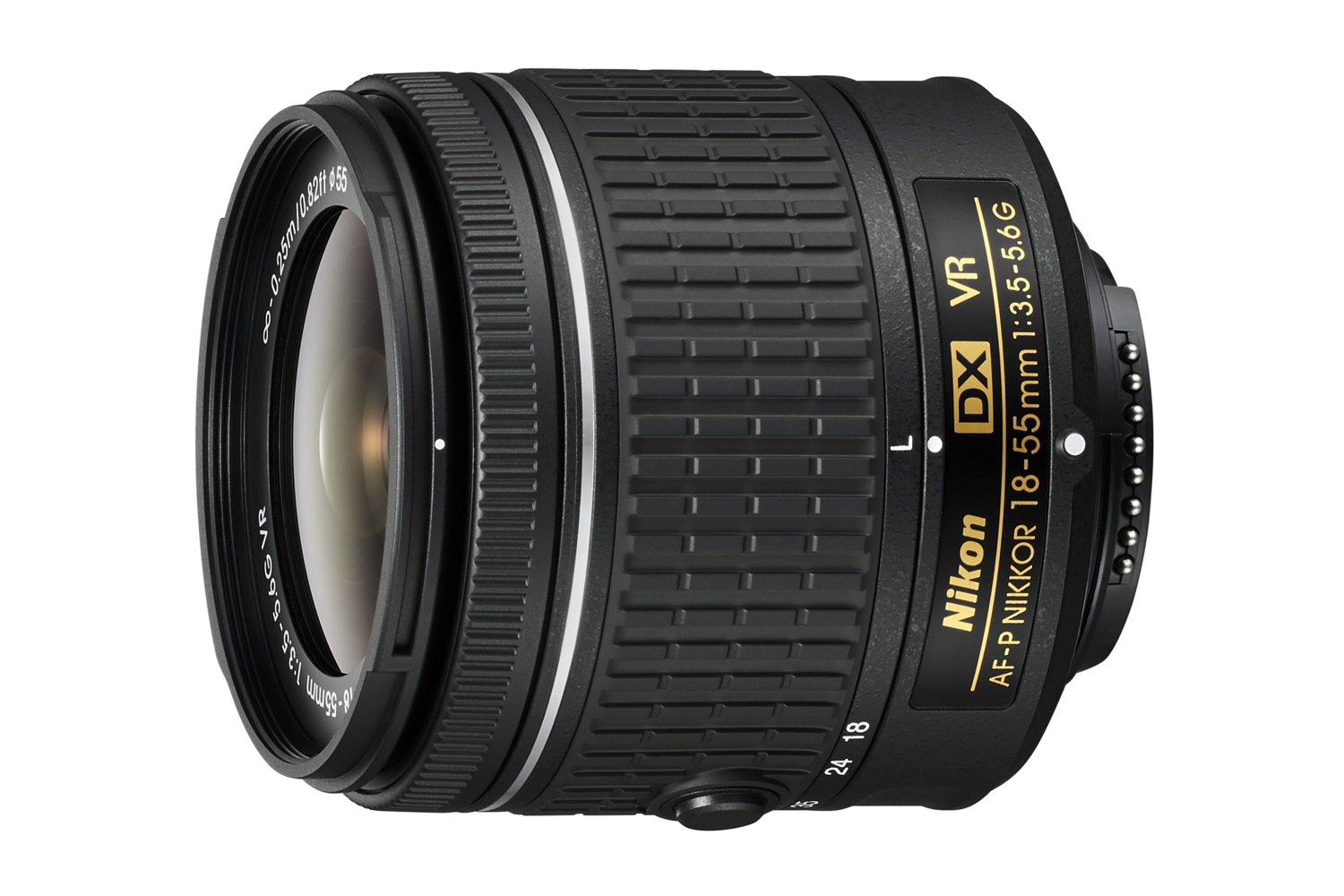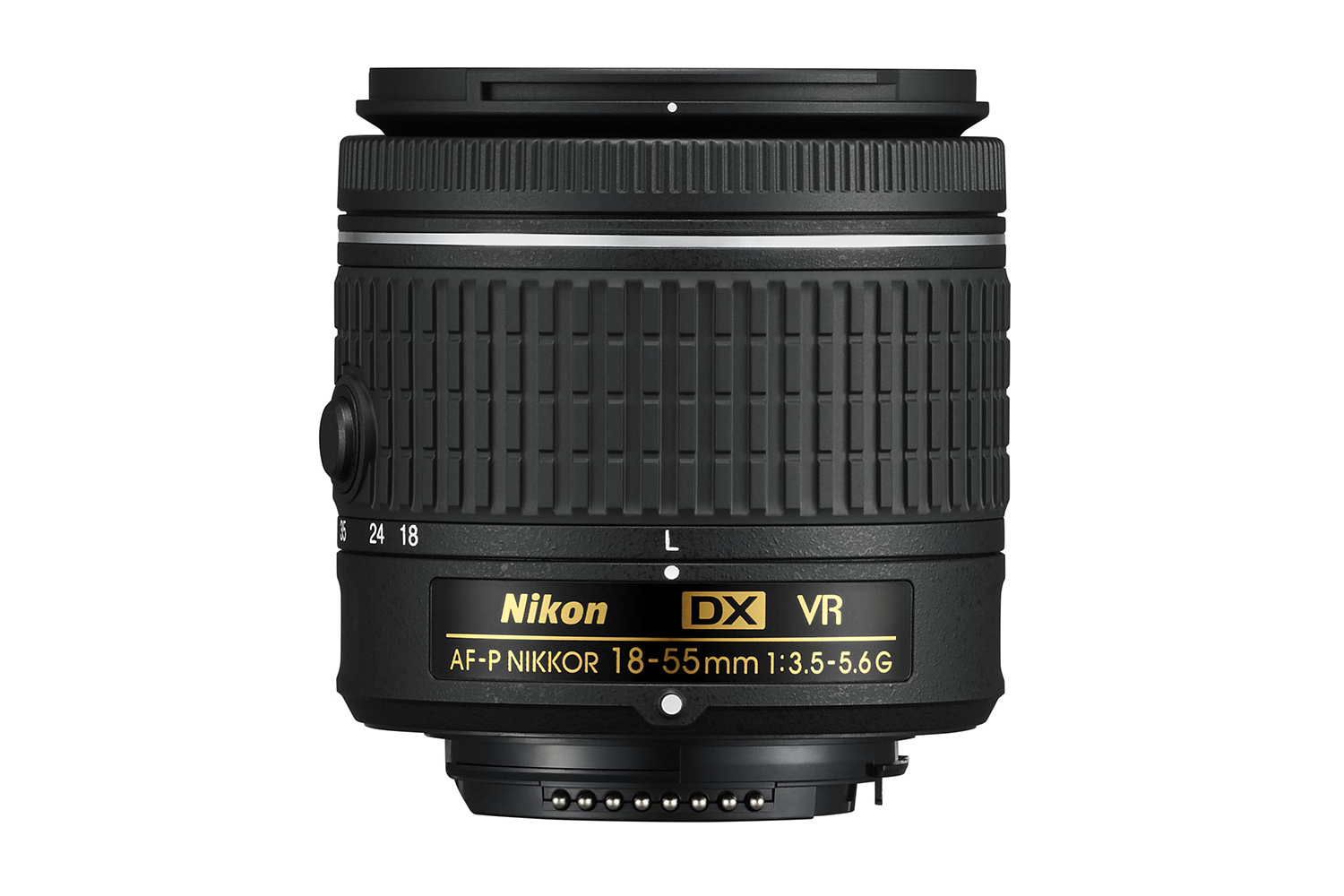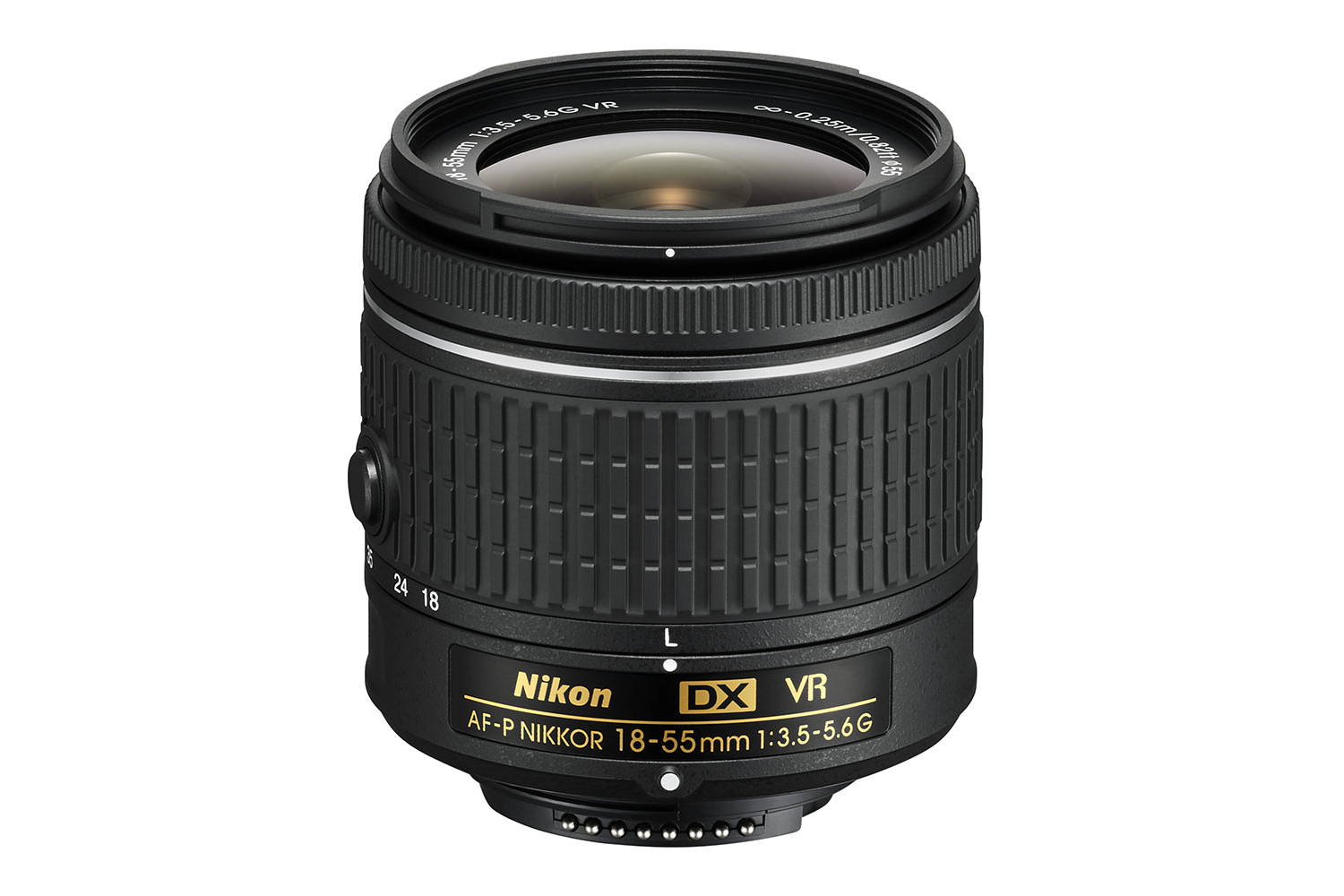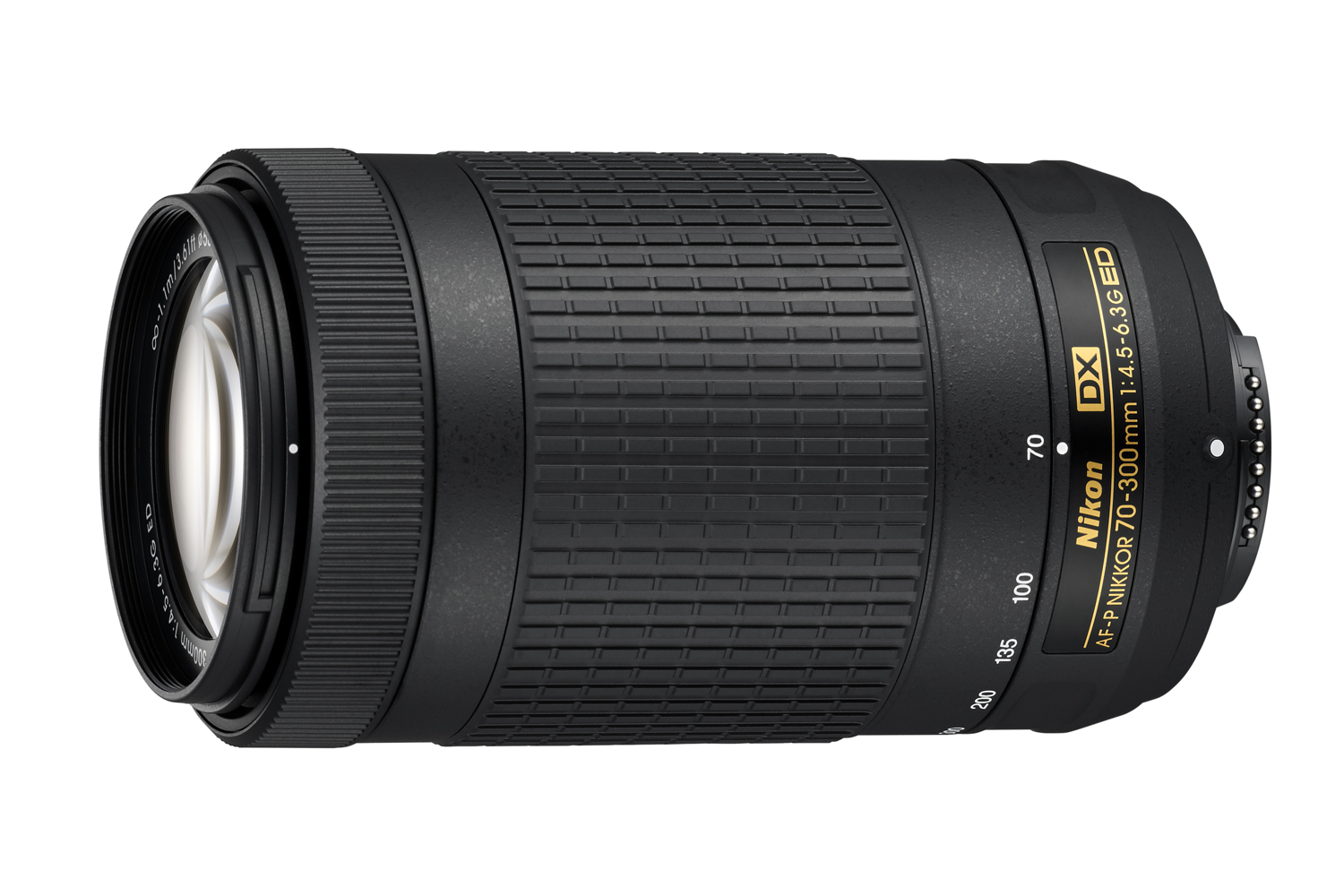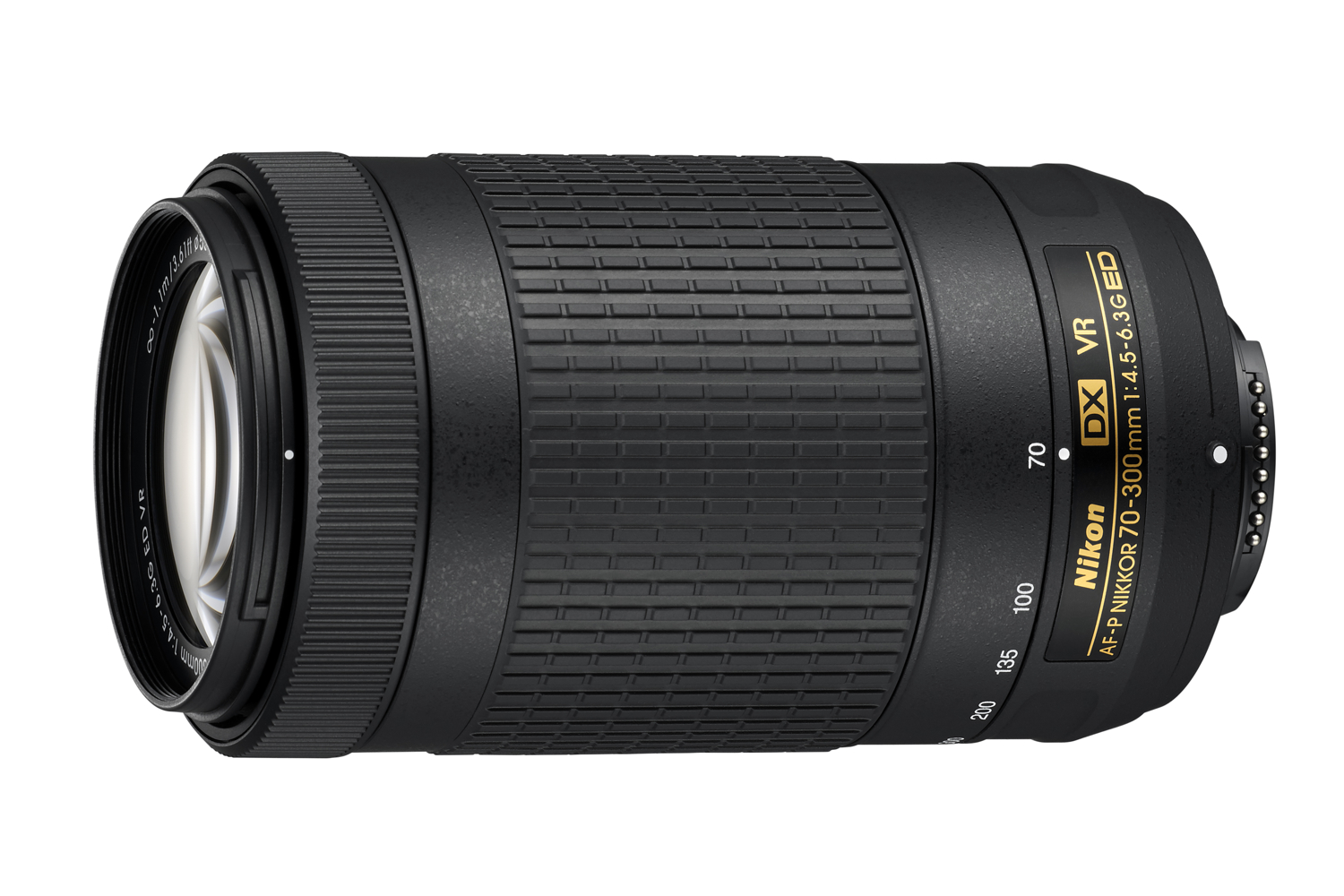Nikon announced the D3400, its latest compact, entry-level DSLR. A successor to the two-year old D3300 (a Digital Trends recommended camera), the D3400 is nearly identical in almost every regard, but there are a few notable exceptions. Available in September, the D3400 will be released alongside a collection of new lenses specifically designed for Nikon’s entry-level DSLRs, called the AF-P DX Nikkor series.
Nikon D3400
At the heart of the D3400 is the same 24.2-megapixel CMOS sensor found inside the D3300. The sensor eliminates the optical low-pass filter to allow for sharper images. Like its older sibling, it features an 11-point autofocus system and an ISO range from 100–25,600 and is capable of firing off up to five frames per second (fps) when shooting in continuous mode. Its video capabilities also remained unchanged, with Full HD 1080 at 60 fps video recording and a maximum capture time of 20 minutes when shot at full resolution. Unfortunately, it also retains the mono microphone that we weren’t thrilled with in the D3300.
Powering the video recording, continuous shooting, and low-light capabilities is the same Expeed 4 image processor found inside the D3300.
What sets the D3400 apart from its predecessor is its new built-in wireless capabilities (optional accessory with the D3300). Interestingly, it’s not Wi-Fi connectivity that’s commonly used. Instead, Nikon opted for Bluetooth Low Energy (BLE), which Nikon dubs SnapBridge. When enabled, the D3400 can connect with a smartphone or tablet for easy transfer of files, and maintain an always-on connection. Nikon also offers users free access to its Image Space, a cloud-based service for backing up photos.
BLE doesn’t have near the bandwidth capabilities of Wi-Fi, but it’s more than enough to transfer even the largest of JPEG files and requires much less battery power. And because it’s not using Wi-Fi, it doesn’t interrupt your phone or tablet’s internet connection – meaning you can upload to the internet without having to disconnect the camera from the phone. Nikon told us that the D3400’s user is less likely to need the performance Wi-Fi provides, unlike more advanced users of cameras like its D500, which has both SnapBridge and Wi-Fi. As for battery life, Nikon rates it at 1,200 shots per charge.
Since the camera is targeted toward first-time DSLR buyers, the D3400 includes Nikon’s Guide Mode, a feature that provides instructions on how to use the various settings.
Overall, the D3400 isn’t a major update over the D3300, but the wireless connectivity lets users upload photos to social media and web – a must-have capability among casual users. In our review the D330o was an very good performer that delivered excellent still photos and improved video, so we expect the D3400 to reproduce the same experience.
New AF-P Nikkor lenses
Complementing the D3400 are new DX-series entry-level lenses. The affordable lenses include stepping motors for smooth and quiet autofocusing – important feature for video makers. According to Nikon, “these new lenses provide faster and smoother AF speed during live view (contrast-detection AF).” The “P” stands for pulse motor, a type of stepping motor.
Introduced earlier this year (pricing and availability were not announced at that time), the AF-P DX Nikkor 18–55mm f/3.5–5.6G VR and AF-P DX Nikkor 18–55mm f/3.5–5.6G kit lenses are nearly identical. The VR (Vibration Reduction) model has four stops of image stabilization, and with only a $50 premium over the non-VR model, it’s a better buy that provides a real benefit. The lenses have two aspherical lens elements to deal with aberration, and a retractable barrel makes it compact. In the VR model, there’s no physical switch to turn the function on or off, making the lens even smaller; the function is enabled in the camera menu.
Another lens option are the AF-P DX NIKKOR 70–300mm f/4.5–6.3G ED VR and AF-P DX NIKKOR 70–300mm f/4.5–6.3G ED telephotos. As with the 18-35mm options, you can get one with VR or none, also with a $50 difference. With a reach of up to 300mm, you can get those faraway shots. With its light weight, Nikon says it’s ideal for travel.
Pricing and availability
Available in black or red, the D3400 kit edition, which comes with the AF-P 18–55mm VR lens, will be available in early September 2016 for $650. Nikon will also sell a two-lens kit, which includes the 18-55mm VR lens and the 70-300mm non-VR lens, for $1,000.
The lenses will be available individually around the same time the D3400 hits the market. The 18-55mm lenses will sell for $250 (VR) and $200 (non-VR), and the 70-300mm lenses will cost $400 (VR) and $350 (non-VR). You can save $50 by going with the non-VR options, but as we said, we think it’s a small premium to pay for a useful feature.

